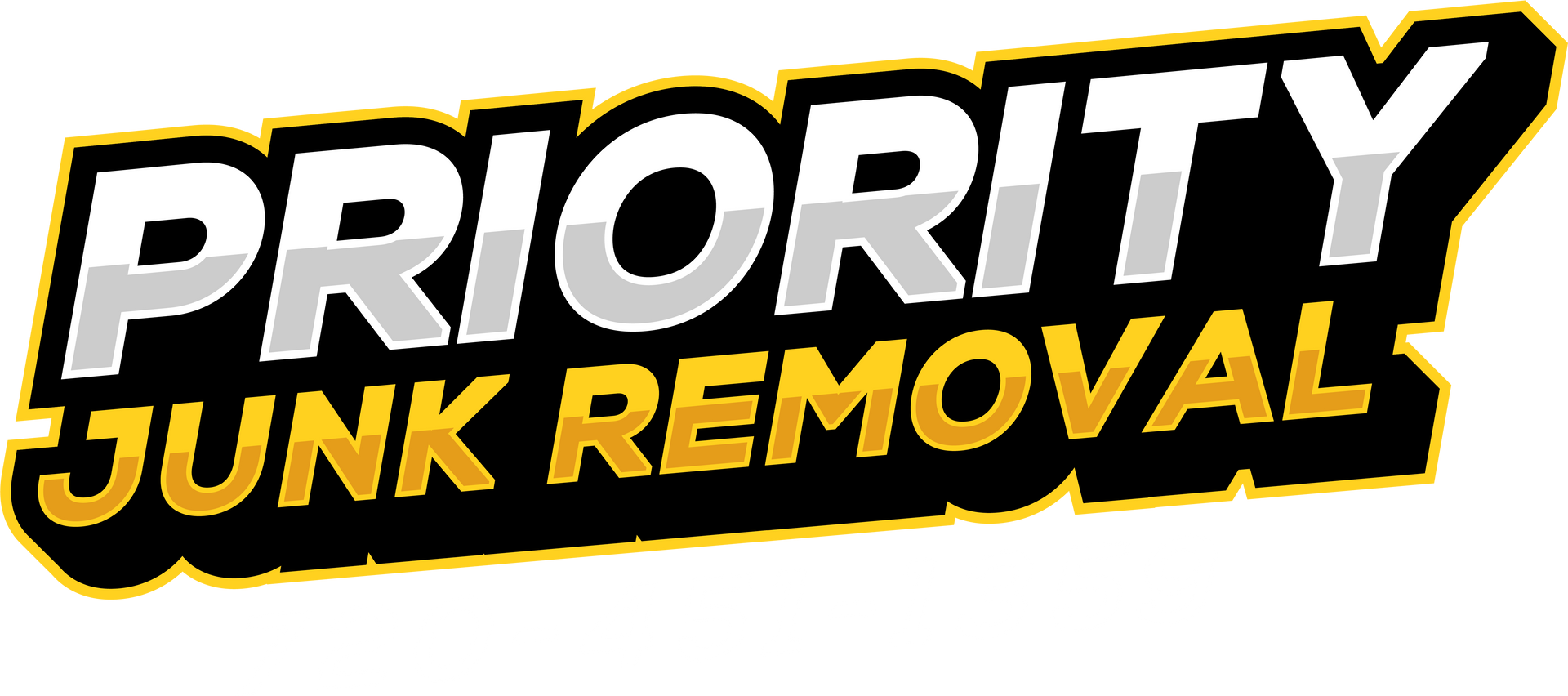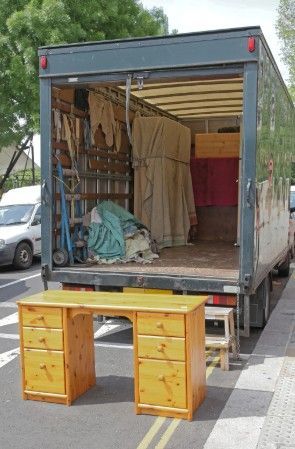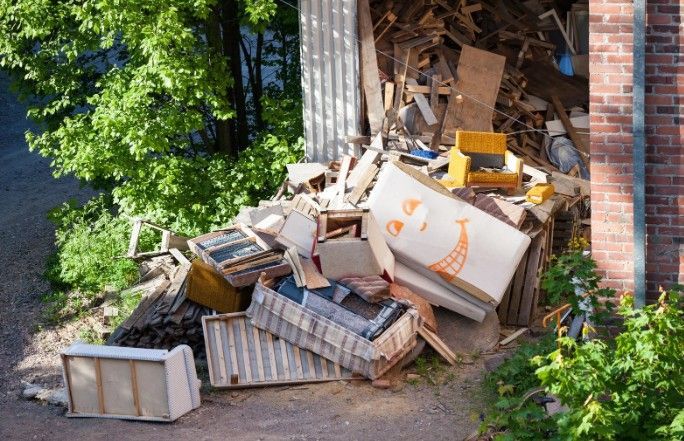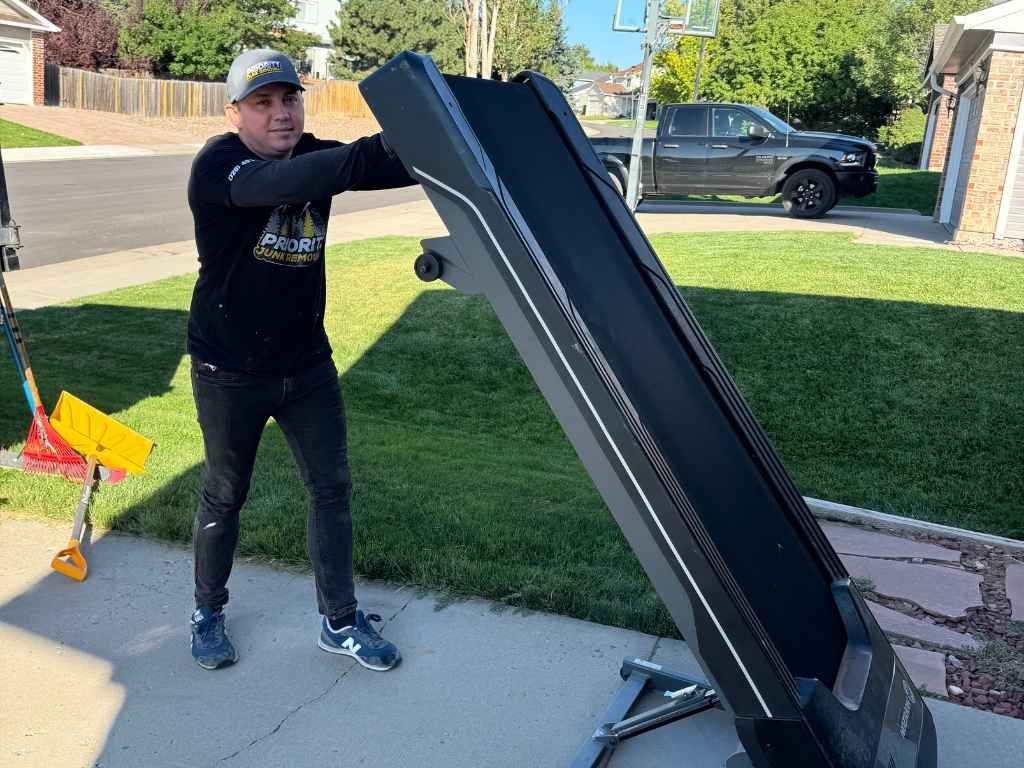The Journey of Your Junk After Removal
The things we toss out don’t just vanish into thin air. That busted recliner or pile of attic boxes you waved goodbye to has quite the story to tell after it leaves your curb. In this content journey, we’re not just following junk—we’re uncovering its second act, a behind-the-scenes look at how removal isn’t the end of the line. It’s the beginning of a surprising, sometimes strange, always fascinating path that stretches far beyond the driveway.
This piece weaves through real post-removal processes with a twist of storytelling. It dives into the lifecycle of what you ditch, sidestepping the obvious while leaning into unexpected details. From sort yards and salvage centers to recycling bins and donation hubs, we follow the winding trail of castoffs with a lens that’s part documentary, part day-in-the-life. Buckle up—your junk’s adventure is just getting started.
What Happens When Your Junk Disappears From Sight
Out of sight isn’t always out of existence. Once your unwanted stuff gets hauled off, its journey splits into branching paths depending on what it is, where it lands, and what condition it’s in. Some items find themselves meticulously sorted by hand or machine at material recovery facilities, where metals, woods, and electronics are separated for recycling or resale. Others may hit donation centers, getting brushed off, fixed up, and placed into second hand cycles where someone else’s trash genuinely becomes treasure.
Not everything gets such a noble fate. Damaged, hazardous, or truly unusable junk heads for the landfill, but even there, things don’t simply sit idle. Landfill tech has become a strange blend of science and strategy, with layers of synthetic liners, methane capture systems, and compacting processes that keep environmental damage in check. Even when tossed, junk has a strange way of leaving fingerprints on the planet.
The Quiet Work of Sorting Facilities
Your stuff might vanish from your home in minutes, but it doesn’t disappear from the world so fast. Sorting facilities become the next chapter in its afterlife—a world of conveyor belts, mechanical arms, and people in neon vests who know trash better than anyone should. It’s loud, messy, and weirdly beautiful. That old metal bed frame? It gets sliced and prepped for smelting. A cracked TV? Stripped for copper and components. Even torn textiles have a future as industrial rags or insulation filler.
These facilities aren’t just about recycling—they’re about reclaiming value from what’s tossed aside. Nothing is handled casually. There’s a choreography to it, a rhythm of machines and minds working in tandem to squeeze out every reusable inch. In this space, junk becomes resources again. It's not glamorous work, but it's vital and full of surprising intentions. What you discarded starts its second life in the hands of people who see potential where others saw a problem.
Where the Recyclables Really End Up
Recycling isn’t some invisible process. It’s gritty, methodical, and deeply industrial. Once your recyclables make it through sorting, they don’t just become raw material overnight. They travel—often regionally, sometimes internationally—heading to plants that melt, shred, compress, or bleach them back into usable forms. Your old tin cans? They might reappear as car parts. Broken glass could become new bottles, fiberglass, or even sandblasting material.
But not all recyclable items make the cut. Contaminated loads—say, pizza boxes soaked in grease—can ruin a batch, sending the whole thing to the landfill. It’s a delicate balance. When the process works, it’s almost poetic: transformation from waste to worth. When it doesn’t, it’s a hard stop. That’s the tension in modern recycling—a system of both promise and fragility. Junk here has two possible futures, and only one keeps it in circulation.
The Path to Donation and Reuse
Some things don’t need melting or grinding—they just need a new place to land. Items in decent shape, like furniture, clothes, or even toys, often go to donation centers or community nonprofits. But it’s not a free-for-all. These places inspect what comes in, sorting what’s sellable, repairable, or worth redistributing. One person’s unused couch becomes someone else’s first living room centerpiece.
Reuse is the unsung hero of junk removal. It bypasses energy-heavy recycling, skips landfill space, and delivers value right away. And for people who can’t afford new, these gently-used goods become lifelines. The secondhand economy thrives in these spaces—thrift shops, rehab centers, shelters—breathing life back into things the world had given up on. The journey of your junk isn’t just practical; sometimes, it’s deeply human.
Hazardous Waste Doesn’t Take the Same Route
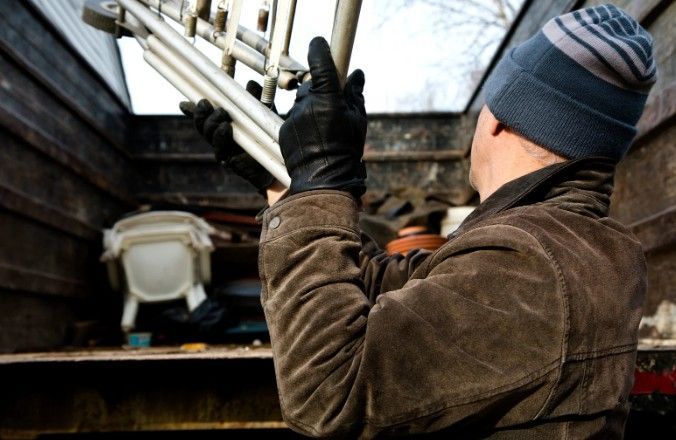
There’s a whole category of junk that gets pulled aside like it’s radioactive—because sometimes, it is. Paints, batteries, fluorescent bulbs, chemicals, electronics with toxic components—they don’t mix with regular trash. They take their own route, one marked by strict regulations and specialized handling. These materials are collected separately and sent to treatment centers or hazardous waste facilities that neutralize or safely process them.
If mishandled, they can seep into soil, contaminate water, or even spark fires. That’s why their journey matters so much. From careful labeling to secured containers, the removal process is about prevention as much as disposal. Even the route of transportation can be restricted. It’s not just about tossing—it's containment, detox, and eventual safe breakdown. In the story of junk, this chapter is less visible but more urgent than most.
When Landfills Are the Only Option
Sometimes, there’s no recycling, no reuse, no rescue. Some junk just can’t be saved, and landfills are where it all ends up. But modern landfills aren’t the uncontrolled dumps of the past. They’re engineered systems, regulated down to the soil and gas levels. Synthetic liners, groundwater monitoring, and vented gas collection turn these spaces into controlled environments designed to trap and limit damage.
Still, the junk here is stuck in time. Plastic that won’t break down for centuries, or synthetic fibers sealed beneath layers of earth. This is where the permanence of waste becomes real. Every bag buried is a reminder that some items we cast off come with a long shadow. Even at disposal, there’s consequence. And the journey of junk doesn’t always have a graceful finish.
The Economics of Junk After Removal
Follow the money, and you’ll find junk is big business. Scraps, parts, and recyclables are sold in bulk to manufacturers, smelters, and builders. Donation centers keep communities outfitted and funded. Even landfills charge tipping fees. What gets tossed might look like clutter, but behind the scenes, it spins an economy of recovery and reuse that employs thousands.
Bales of cardboard, stacks of metals, and sorted e-waste all feed into an ecosystem that trades in what others leave behind. It’s a network of haulers, sorters, buyers, and processors. Some profits are slim, some are massive, and nearly all depend on volume and timing. Markets shift with material costs and global demand. Junk might seem like an afterthought at home, but in the right hands, it becomes a very tangible currency.
How Technology Is Changing Junk’s Journey
It’s not just muscle and machinery anymore. Tech is reshaping the removal game. Smart sensors detect contaminants in sorting lines. Drones scan landfill capacity. Robotic arms with AI brains sort plastic faster than any human. And apps are connecting households to disposal resources, donation services, or special pickups in seconds. The world of waste is quietly getting an upgrade.
Even the trucks are changing. Electric fleets cut down emissions. GPS tracking optimizes routes to reduce fuel burn. What was once low-tech grunt work is evolving into something sleeker, smarter, and more efficient. The transformation isn’t about making junk sexy—it’s about making the system sustainable. The less wasted effort, the cleaner the outcome. And your junk? It's now part of a streamlined, high-tech cycle of movement and metamorphosis.
Community Impacts of Where Junk Ends Up
Where your stuff ends up doesn’t just matter to the planet—it matters to people. Communities near landfills face long-term environmental risks. Areas with active donation programs, on the other hand, see social and economic benefits. Junk’s destination can shape the health, morale, and even economy of a neighborhood. It’s a chain reaction that starts with a simple pickup.
In many places, removal services work with local programs to support reuse and recycling. They might even steer salvageable items toward public service projects or low-income support networks. One old mattress might get cleaned and placed in a shelter. A stack of unused tiles could end up in a community repair effort. When junk is handled thoughtfully, it can echo positively through the places we live.
The Stage Isn’t Always
Not all junk stays junk. Some items bounce back more than once—refurbished, rehomed, or reinvented entirely. A broken chair might become firewood. A shattered mirror might be ground into landscaping filler. And sometimes, that reused object gets tossed again, starting a new cycle. The end isn’t always the end.
This continuous loop—reuse, recycle, repurpose—defies the linear logic of waste. It creates a dynamic system where value lingers, mutates, and moves forward. And every time you make a conscious choice to separate, donate, or request proper disposal, you’re nudging that loop in the right direction. Junk doesn’t just leave. It circles, transforms, and speaks volumes about how we live.
Conclusion
The journey your junk takes isn’t an afterthought—it’s an intricate, unpredictable dance of industry, intention, and environmental awareness. From curbside pickups to recycling plants, from hazardous waste facilities to secondhand stores, the path is rarely straight and never simple. Each discarded item becomes part of a larger narrative that extends far beyond the moment you let it go.
For those in Littleton seeking a smarter, more thoughtful approach to junk removal, Priority Junk Removal makes it all happen with care and expertise. Reach out at 720-451-1359 or send a message to priorityjunkremoval@gmail.com to begin your own clean-out journey, knowing it’s just the start of something far bigger.
